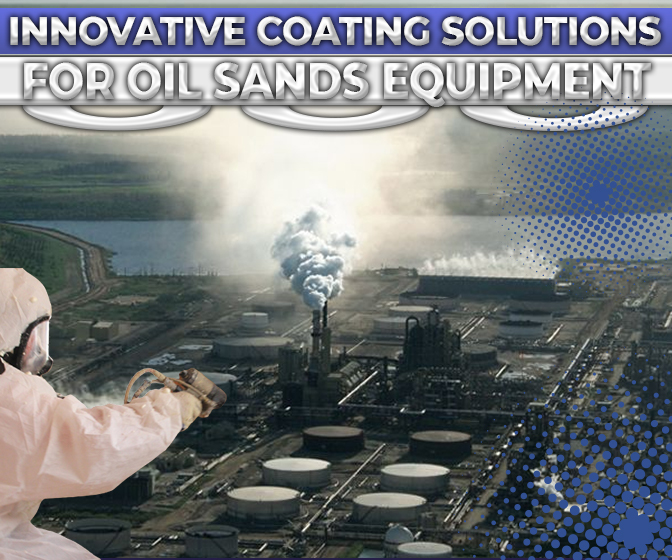Polyurea coatings are great to use on industrial structures such as underground pipelines and water containers.
However, did you know these coatings are the absolute answer to a secondary containment system?
What is secondary containment?
If you work with hazardous chemicals, you may know something about these systems. Secondary containment systems
demonstrate an extra line of protection if something happens to the primary containment system. For example, if a storage tank that holds wastewater should
happen to crack, the secondary system will prevent any of the liquid to spill out and damage the environment. It's a temporary measure that shields the environment until
the appropriate actions can be taken to fix the primary system.
Polyurea coatings are excellent for any secondary containment systems, in particular:
Oil and gas wells
Petroleum
storageTank farms
Sumps and trenches
Drum storage areas
Chemical facilities and storage areas
However, how can a spray-on
polyurea coating act as a secondary containment system?
What the coating does is produce a leak-proof barrier that blocks any of the material inside the primary containment unit from emerging. As we've mentioned before,
polyurea solution is not only watertight but is very amenable. So if it's a bone-chilling kind of day and everything feels tight, the chemical will protect from any
splinterings. The same goes for a sweltering heat wave, where everything doubles in size. The
polyurea will still keep everything in place.

We've also mentioned that
polyurea coatings are resistant to water damage, such as corrosion or rust. However, that's not the only weather element that can do some damage. Here in Texas, we get our fair share of sunny days. Although the sun can be great for your mood and your skin, all that ultraviolet exposure can affect a storage tank. For instance, if you have a polyethylene tank, constant exposure to the UV light can make the material brittle, leading to cracking. However, this doesn't happen to a
polyurea solution.
Some companies use a rubber lining, paint, or other surface protection to use as a secondary containment system. However, that can lead to problems:
A rubber lining doesn't last nearly as long as a
polyurea coating
A rubber coating doesn't have the same abrasion and corrosion resistance
There may be weaknesses in these types of coatings that a chemically aggressive fluid can exploit
They can
be expensive as compared to a
polyurea solution
There's a chance that a rubber lining can absorb and possibly release materials that cause contamination.
At
ArmorThane Coatings, we know how important it is to protect the environment from hazardous materials. Also, the best way for an industry to do that is to use the best type of protection available. That protection is a
polyurea solution.

If you need a secondary containment system for the materials, you work with and are considering using a
polyurea coating, go with the best. Contact a representative at
ArmorThane now and get the protection you need for your business.
 We've also mentioned that
We've also mentioned that  If you need a secondary containment system for the materials, you work with and are considering using a
If you need a secondary containment system for the materials, you work with and are considering using a 
















0 Comments